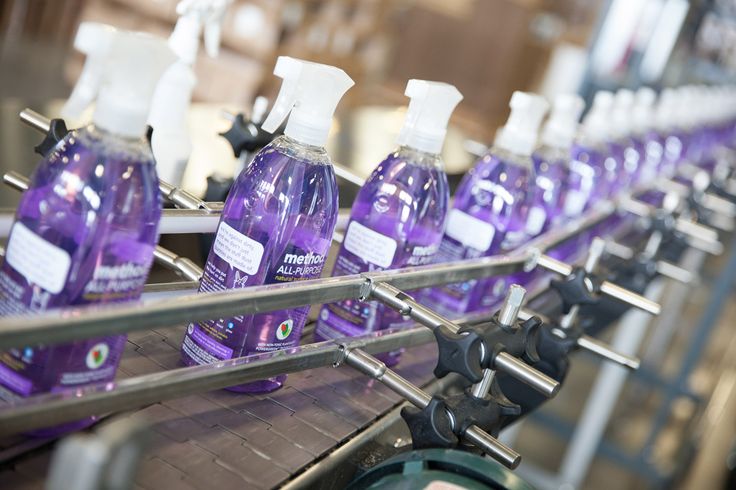
Opening a New Chapter for Pullman
by Seth Berliner/ MK Communications
Once a flourishing live-work company town but for many recent decades a forgotten community, neglected by business and government alike, Pullman is roaring back to life with new manufacturing, retail, and housing—the results of serious, sustained, and focused work by the community and its partners in the private and public sectors. Together, we are building on Pullman’s rich past to create a vibrant future for the neighborhood as a place where people once again choose to live and work.

The story of Method’s opening in Pullman highlights why Pullman is making a great comeback. Method picked Pullman after an extensive search covering dozens of sites across multiple states. Pullman won not just because of its unparalleled “natural” advantages, like its proximity to rail, road, and water transportation route. Though in those attributes Pullman surely outpaces any other urban location, they alone are not the unique character that sets Pullman apart. What hooked Method on Pullman was the community and its story of revitalization, which resonated with Method’s corporate values. The company bought into our vision—indeed, they share it.
In the end, Method decided to locate in the Pullman Park commercial development. A project of Chicago Neighborhood Initiatives (CNI), Pullman Park is home to a Wal-Mart, Ross, and Planet Fitness, and has created hundreds of permanent jobs and hundreds of millions of dollars in economic activity, helping to lift Chicago’s Far South Side as it recovers from years of disinvestment. In addition to the soap facility, the factory will be home to the world’s largest rooftop farm, to be built atop the building by the Brooklyn-based Gotham Green. The farm will provide fresh produce year-round.



As recently as a decade ago, Pullman was a community written off by many. The Pullman works had been long shuttered, the restoration of the Florence Hotel had failed to spark revival, and many of the iconic homes built by George Pullman for his workers were abandoned. Thousands of jobs once supplied by the steel mills and rail industry had disappeared. Yet today, all that has changed. Where others saw despair, we—along with community groups and other elected officials and stakeholders—saw opportunity: a place with ‘good bones’, ample land, and committed residents. Method’s factory, the first new manufacturing facility on the South Side in decades, is validation of that vision.
Pullman Park, sitting as it does on the former Ryerson Steel site, which was shuttered nearly a decade ago, represents the transition of a former heavy industrial area into the kind of mixed-use area that has been the key to turning around struggling urban areas across the country. Nearby, dozens of the formerly derelict rowhomes have received major rehabs.
We truly are rebuilding the thriving community that Pullman once was. And the factory’s opening comes close on the heels of President Obama’s declaration of the Pullman National Historical Monument, which will rejuvenate the nearby historic district, create hundreds of jobs, and draw thousands of new visitors



